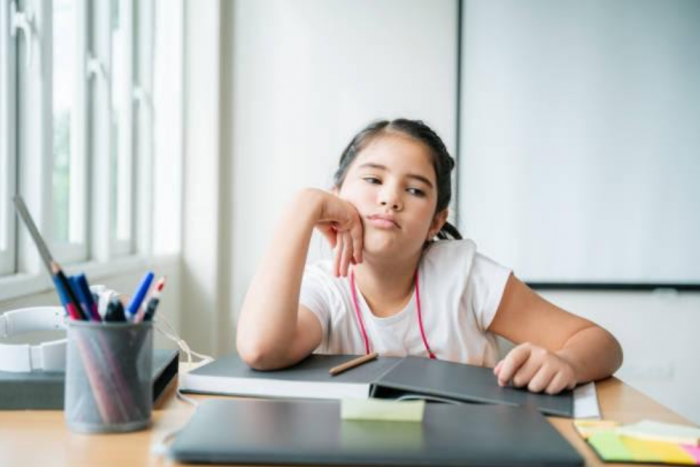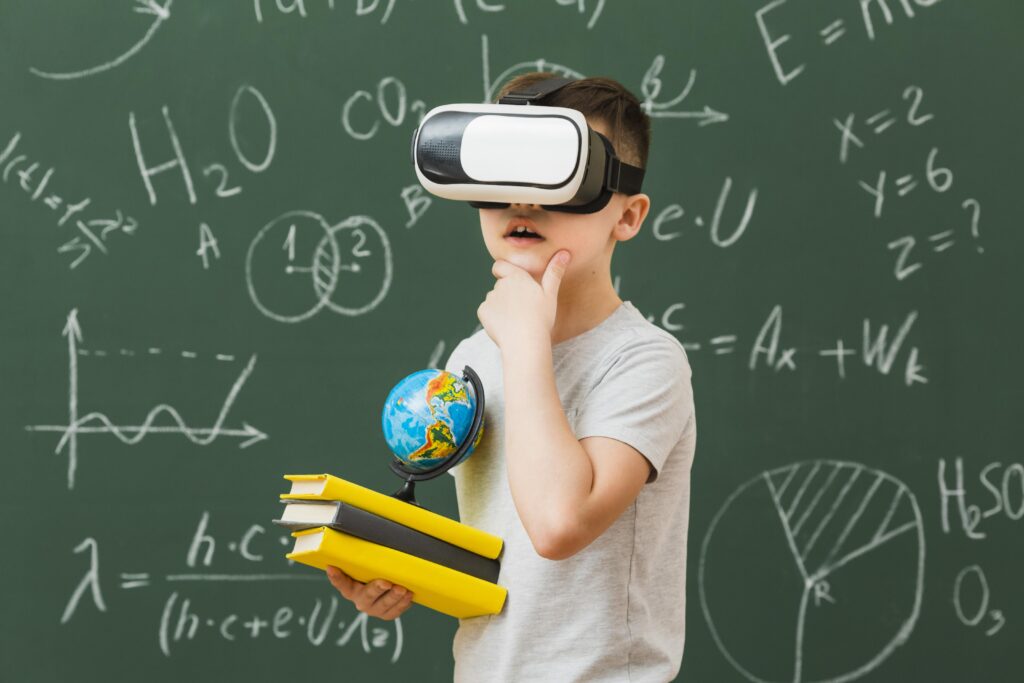Classroom Teaching can become increasingly difficult especially if you are an educator who is constantly dealing with students who want to know why they are learning what they are learning or if they think that a certain concept or topic is irrelevant. This is where Social Learning comes into play which is a teaching method that allows educators to deal with students’ frustrations in more constructive and respectful ways.
Social Emotional Learning in the classroom helps and improves students at multiple levels, from better understanding their thoughts and interacting with others to making new friends, developing unique capabilities and more. In a more contemporary setup i.e. in a post pandemic world, the need for compassionate teaching is a new necessity to deal with students coming from multiple social and economic backgrounds. Social-Emotional Learning is the best remedy to address the post-pandemic situation and help bring everyone on the same footing in a multilingual and multicultural classroom.
What is Social Emotional Learning in the Classroom?

Social Emotional Learning is a scientific methodology for children and adults to develop fundamental life skills. The process is made to understand our relationship and manage work ethically & effectively. These skills can help students control anger, resolve conflicts, make new friends, and arrive at intelligent, ethical, and safer life decisions. (Collaborative for Academic, Social, and Emotional Learning)
SEL programs include developmentally and appropriate sequential instructions coordinated from pre-school children to high school students. The Group also focused on SEL for school, outdoor activities, and home. The methodology is also helpful for educators in professional development. It is comprehensive teaching involving school and parents for children’s social, emotional, and academic success.
Research establishes the importance of SEL, and it says the innovative teaching methodology enhances children’s performance by an average of 11 percentile points. In addition, it also shows impressive growth in pro-social behaviours such as sharing, kindness, attitude towards school, less depression, empathy, etc. (Durlak, 2011)
Let us continue with five reasons to integrate SEL in classrooms:
1) Boost Self-Awareness
Self-awareness is understanding your own strengths and weaknesses. SEL helps in the assessment of personal short- and long-term goals, emotions, values, etc. It improves confidence with a positive mindset and ethical decision-making, with immediate and life-long repercussions.
Finally, self-awareness helps recognize the interconnection of thoughts, emotions, and actions.
2) Management Skills
Personal and Educational objectives need discipline. And discipline requires proper management of behaviours, emotions, and habits. Social and Emotional Learning in the Classroom teaches to manage impulses, control gratification, stress management, and perseverance.
A child with the ability to manage emotions and behaviour can do wonders in education, career, and life because these are vital skills applicable at every stage of life.
3) Socially Connected
One of the negative impacts of the digital revolution is social disconnection. SEL is the perfect way to re-plug the social connection with students from diverse cultures and beliefs. It is a significant reason to integrate SEL in the Schools.
Students will develop the ability to empathize, communicate, understand, and feel compassion for classmates through Social and Emotional Learning. The impact does last only within school premises, and good habits go everywhere from school to home to the workplace. It also builds a sense of belonging with the community and society.
4) Communication Skills
People skills or communication skills include verbal, written, and non-verbal communication. Children learn these vital skills at school through SEL and develop the ability to listen, cooperate, teamwork, manage societal pressure, and open up about stress when required.
The impact of polished communication skills helps understand concepts, performance at exams, life, and the workplace.
5) Improved Decision-Making Ability
Social-Emotional Learning helps make ethical and constructive choices regarding social interactions and personal behaviour in a given situation. Research says SEL can improve understanding of safety concerns, accurate behaviour patterns, ethical decision-making, social risk factors, health consideration of self and others.
How has Covid-19 Made SEL an Essential Addition in The Classroom?

Schools and Educational Institutions are closed for around two- years. Students are learning virtually, having zero interaction with friends and teachers. Because of social distancing, virtual Learning, and prolonged study-at-home, students have had widespread stress, anxiety, and several social & behavioural disorders.
Let us explain the requirement of Social Emotional Learning in the classroom post-pandemic in a couple of pointers.
- The impact of study-at-home and school closure is long-lasting. Teachers have to manage conduct problems, physical classroom engagement difficulties, and emotional distress. SEL will help to re-engage, develop relationships and wellbeing.
- Students live with family 24X7, so there will be family stress once they come back to school. SEL is an excellent option to curate an environment for emotional safety and healthy connection with teachers and family members.
- Concentration in the classroom and understanding the concepts will take time post-pandemic. Social and Emotional Learning techniques will help teachers effectively engage children in school.
- SEL practices in everyday learning & teaching and social & emotional skills will help tutors and students transition from study-at-home to study-at-classroom.
- School administration can re-build a learning environment with emotion, empathy, and connection among students.
Concluding Thoughts
The positive impact of SEL has been documented and established by several studies and researchers in diverse backgrounds, from pre-school to high schools for children to adults. SEL utilized different prevention initiatives and national youth development programs in recent years. It is a method to address several social and emotional variables. SEL provides a common language and framework for educators to manage their activities.
Integration of SEL is an innovative approach and need-of-the-hour. It will give children holistic development and make the world a better place.















